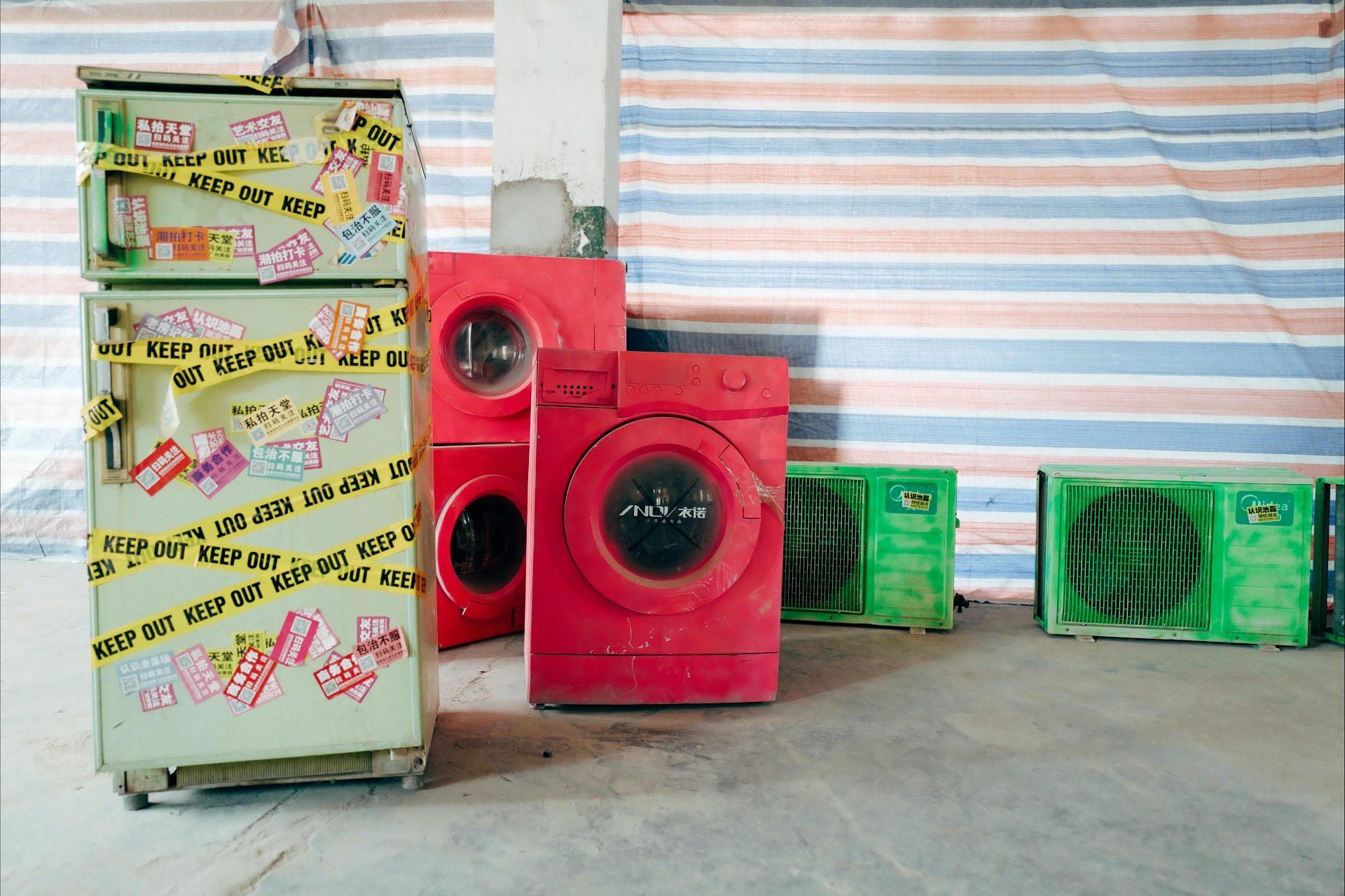
Old Fridge, Broken Washer? Here Are 5 Options for Appliance Recycling
We are reader-supported. When you buy through links on our site, we may earn affiliate commission.
It is always unexpected and unfair when an appliance breaks, primarily when such significant expenses exist. These are sometimes the heaviest, most energy-consuming items in your house, from your fridge to your dishwasher. Did you know there are appliance recycling programs out there? They are in various forms, so something should be accessible in your area to reduce the carbon footprint of upgrading necessary appliances.
Learn more about your options to feel good about getting your dream smart espresso machine or extra-wide freezer.
Benefits of Appliance Recycling
There would be no waste in an ideal world, but humanity has a few ways to go before hitting that target. The waste-forward culture humanity created leads to countless appliances ending in landfills. Modern devices are more electronic than ever, contributing to the e-waste concern on top of the foundational appliance disposal concern.
Appliance recycling covers both gambits to reduce personal carbon footprints by a significant amount. Here are some of the impacts of disposed appliances, notably if they have more electronic and modern components:
- They leak toxic chemicals and acid from batteries.
- They present choking hazards for wildlife and restrict plant growth.
- Stray metals, microplastics, and glass enter soil and waterways.
- It deepens e-waste issues in marginalized communities.
The most prominent benefit of appliance recycling is supporting the infrastructure in the first place. Spreading awareness and education that it is even possible is crucial.
More than two million small appliances are thrown out yearly, and the number continues to increase exponentially. This doesn’t even cover large items. As appliances and electronics overlap more and more, eventually, research could muddle the distinctions between the types of e-waste heading to landfills. So, be conscious of all figures you see, as some may or may not consider appliances as part of these figures.
Without further ado, here are the appliance recycling options you should consider for your next big purchase.
1. Brands
Take a look at the appliance you want to recycle. What is the brand? Sometimes, the brand offers customers an appliance removal and recycling service. They may have it in-house or work with third-party manufacturers and suppliers to assist. Still, several famous brands like Whirlpool and chains like Best Buy take back for a small fee — or sometimes they compensate — to dutiful environmental advocates.
If you seek a manufacturer’s website to no avail, it’s time to take action. Call or email customer service and make a suggestion for them to develop an appliance recycling program. Assert how it benefits them because it makes customers more loyal to the brand. If enough concerned customers make their voices known, you could be the catalyst for change.
2. Utility Providers
Nobody wants to call the water or electric company, but they might be your best shot at an affordable recycling option. Some even incentivize customers to go through them by giving credits toward new versions — many of which are more energy-efficient or use less water than legacy models. New models may have also phased out antiquated, toxic technologies like cathode-ray tubes, banned in many areas worldwide.
As a bonus, you will save on utility bills when you upgrade because the new machines are more efficient.
3. Charity Organizations
Nonprofits are more than willing to take usable appliances. Organizations like Goodwill and Habitat for Humanity are more generalized nonprofits that accept most household items. Consider related nonprofits like soup kitchens, churches, or women’s centers that could benefit from appliances they may not have funding for.
There may be niche appliance recycling charities in your community — do a simple Google search. Here are some across the United States:
- The ReUse People
- Society of St. Vincent de Paul
- ReSOURCE
- AltaMed Foundation
4. Local Programs
Depending on your country, state, or province, local programs could be in place to help residents. Check with your local Department of the Environment or visit resources like Energy Star to find Responsible Alliance Disposal program partners. The RAD is a partnership everyone from utility providers to manufacturers can make with regulating government agencies to recycle appliances in the best way possible.
Sometimes, you or the appliance must meet the criteria to be eligible for recycling, so just read the fine print before burdening workers with the product. For example, refrigerators need to be deep-cleaned and food-free before pickup. A dehumidifier may need to be within specific size specifications.
If you dig deep enough, local trash pickup systems could also include curbside appliance recycling programs.
5. Upcycling
This is a more peer-to-peer focused strategy, which may take more time and effort. Regardless, it’s an avenue worth exploring if you want to keep efforts local. Buy Nothing or Facebook buy-trade-sell groups are excellent places to search for people interested in used appliances.
You would be surprised at how many people are willing to take appliances off your hands for free to repair them or rehome if there’s nothing wrong with the machine and you’re simply upgrading. Who knows, an electrician or laundry machine technician could live across the street. Ties like this strengthen community bonds, critical for strong environmental progress.
The Statistics
Sometimes, imagining the good you’re doing for the planet is challenging when you cannot touch or weigh a carbon footprint. Hopefully, these appliance recycling insights will drive home how important it is to consider it for your appliances’ end-of-life cycles:
- Only 5.6% of 2.2 million tons of small appliance waste was recycled in the U.S. in 2018.
- Steel is the main component of most appliances, and it is easily recyclable — yet it only accounts for 10% of steel recycled yearly when more appliances are in landfills.
- Each person, on average, throws out 44 pounds of e-waste every year, with the number increasing.
Appliance Recycling of the Future
Large and small appliances deserve the same treatment — a chance at a new life with minimal carbon footprints. That requires companies to instate appliance recycling programs and build the infrastructure to facilitate customers. Businesses can make this information publicly available and easy to find so customers can initiate research for their unique appliance needs.
Share on
Like what you read? Join other Environment.co readers!
Get the latest updates on our planet by subscribing to the Environment.co newsletter!
About the author
Rachel Lark
Rachel serves as the Assistant Editor of Environment.co. A true foodie and activist at heart, she loves covering topics ranging from veganism to off grid living.





